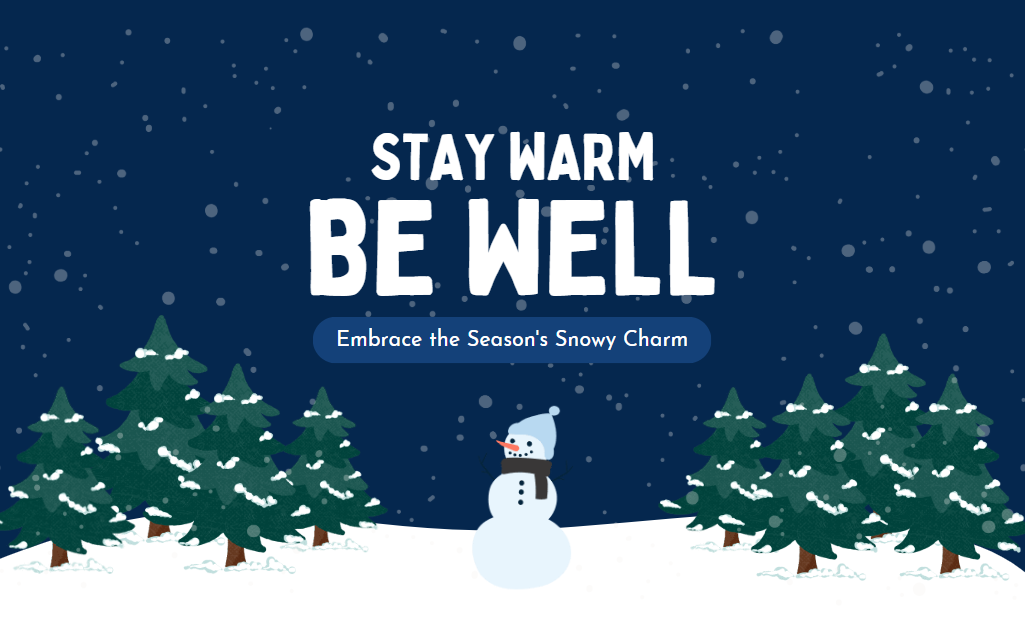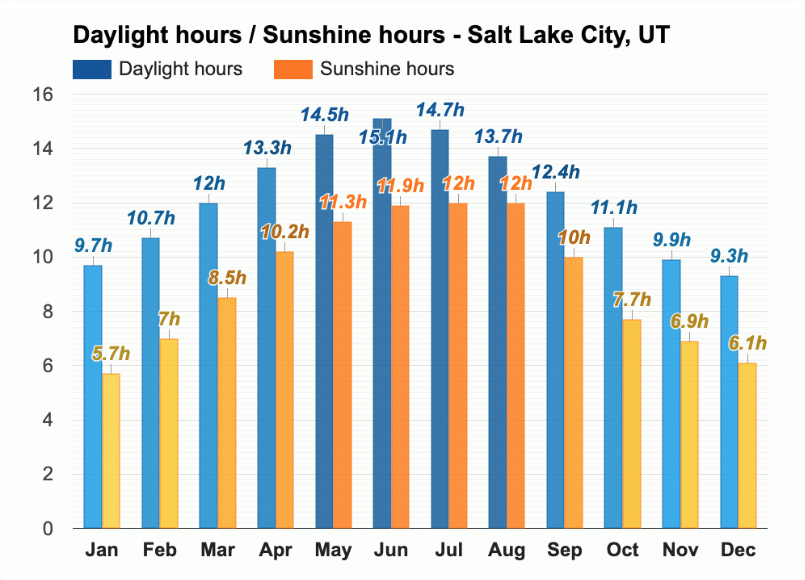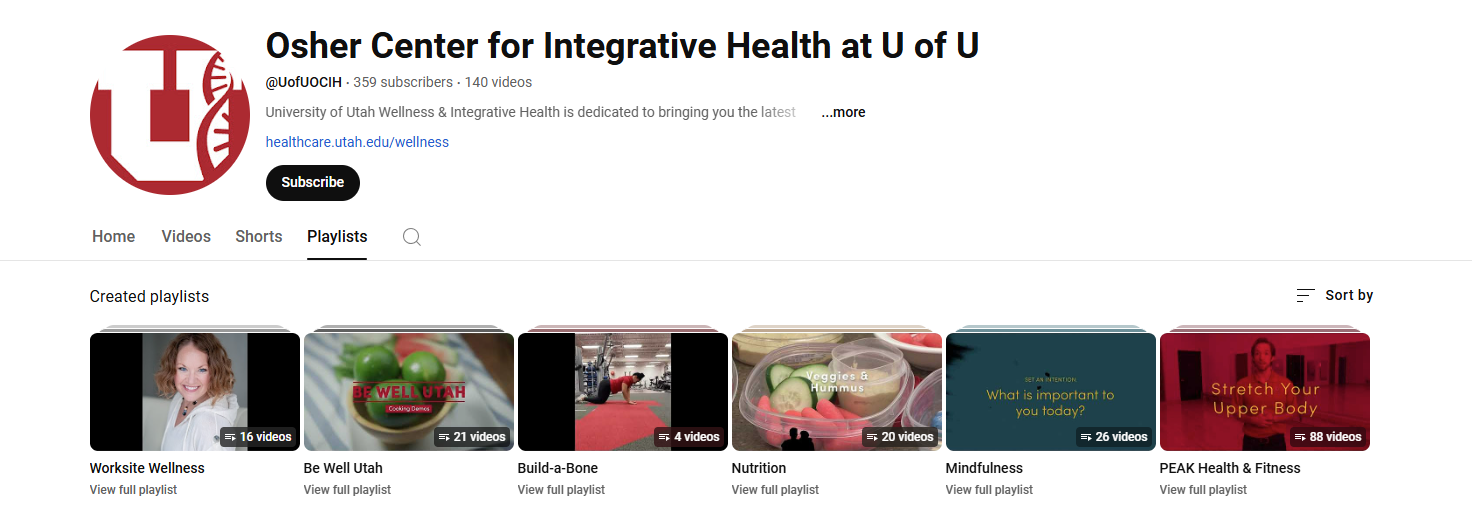Winter Time Wellness: The impact of colder, shorter days on our health

As the winter weather seems to linger, do you notice how the cold influences your well-being?
According to the Journal of Sport and Health Science, winter weather such as rain and snow can make it harder to move our bodies. I find it far more comfortable to stay indoors than to take a walk in 30-degree weather or drive to the gym. When it's warmer, I like to go outside and incorporate movement into my regular schedule like, running and swimming. Does the cold impact your movement routine, too?
In the winter, I find it helpful to a set time to exercise. When I set up a schedule, it’s more likely for me to brave the cold to drive to the Campus Recreation Center. While the local gym can be a great resource for prioritizing our physical health, there is also another movement hub on campus that you may not know about!
During the winter, I rely on PEAK Health & Fitness for their nutrition classes, fitness bootcamps, and personal training offerings. In particular, I like their YouTube Channel because it offers guided workouts and information on how to fuel our bodies available on any schedule. You can check out this resource and connect with exercise info without having to worry about the cold.
Beyond the temperature change, winter also impacts our health because our access to sunlight is greatly reduced. You may notice that in the winter, the sun sets much earlier than in the summer! For example, here in Salt Lake City, we have anywhere from 9-11 hours of daylight in the winter, compared to around 14.5 hours in the summer. This is a big difference and it makes an impact on our health!
Researchers find that daylight plays an important role in regulating our mood, helping us stay alert, and supporting us in getting a good night's rest. So, dark winters without as much access to sunlight can impact everything from our sleep, appetite, emotional wellness, and how all these processes work together. I notice that when it gets dark at 6:00 pm, I often experience more unpleasant emotions, such as anxiety and sadness. Sometimes I feel less motivated to complete homework and fulfill other responsibilities.

Some people may even find themselves experiencing Seasonal Affective Disorder (SAD) because of the changes in temperature and sunlight SAD is a pattern of negative mood changes that often occur when the seasons shift. Some with this disorder may feel depressed, lethargic, or not like themselves. While not everyone experiences significant changes in their mood, it is important to consider how the cold and less daylight personally impact you. What things feel harder to do in the winter? What things feel easier?
Take a moment to think about how the winter influences your wellness practices.
Consider connecting with the University Counseling Center if this description of SAD resonates with your current experience.
All things considered, even though we cannot make the days longer, we can make ourselves feel warmer and realign with our well-being by tapping into tools from the other Dimensions of Wellness. Stay physically protected from the cold by wearing sunscreen even on gloomy days and packing an extra layer to bundle up. Need a new pair of boots or a blizzard-ready coat? Consider stopping by the Basic Needs Collective to find free gear.
Another way to stay warm is by nurturing our social connections in the winter! Just as we sport our winter gear to protect us from the cold, social wellness can bring comfort by reminding us that we’re not alone and that we can find light in our community through dark days.
If you’re looking to get more connected or spark new friendships, consider checking out Campus Connectto explore clubs, groups, and upcoming events on campus to build bonds with folks who share similar interests with you.
At the Center for Campus Wellness, we see the connections between the nine dimensions of wellness. Our programs can encourage you to see how your routines are impacted by winter can help identify and make improvements across many areas life, from sleep, mental health, mood and more.
If you have no idea about where to start, connect with me or my fellow Peer Well-being Navigators to find your route to wellbeing. As we take small actions every day to prioritize our well-being, we can go beyond surviving and aspire to thriving this winter!
Categories
Featured Posts
Blog Archive
- August 2023 (1)
- November 2023 (1)
- October 2023 (1)
- September 2023 (1)
- April 2024 (2)
- December 2024 (1)
- February 2024 (1)
- January 2024 (1)
- July 2024 (1)
- June 2024 (1)
- March 2024 (3)
- May 2024 (2)
- November 2024 (2)
- October 2024 (2)
- September 2024 (1)
- 2019 archive (2)
- 2020 archive (25)
- 2021 archive (28)
- 2022 archive (11)
- February 2025 (3)
- March 2025 (3)
- April 2025 (1)
- May 2025 (1)
- June 2025 (1)
- July 2025 (1)


